Search for...
#e-learning Bookmarks
Published Bookmarks
![eLearning Year in Review: 6 Trends That Dominated 2013 [Infographic] thumbnail](https://elearningtags.com/wp-content/uploads/2013/12/2513188.jpg) eLearning Year in Review: 6 Trends That Dominated 2013 [Infographic]
eLearning Year in Review: 6 Trends That Dominated 2013 [Infographic]
eLearning trends in 2013 that probably will continue growing!
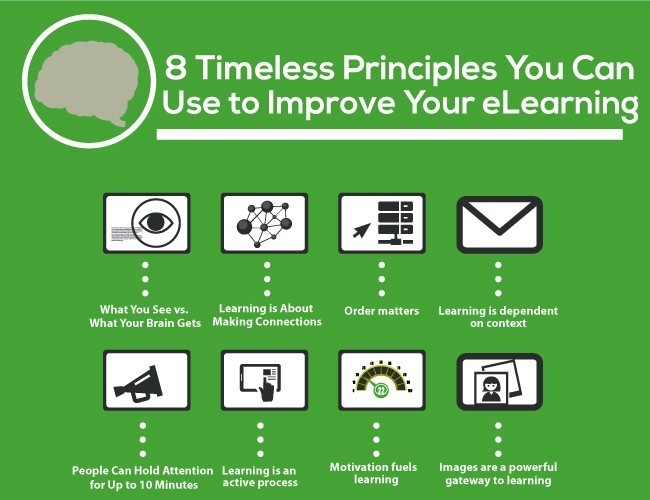 How People Learn: 8 Timeless Principles for Effective eLearning
How People Learn: 8 Timeless Principles for Effective eLearning
Effective learning doesn’t require expensive technology and elaborated training sessions. It doesn’t even demand the impossible from you, the course developer. But it does call for a change in mindset.
Such change begins once you understand how the human brain really works. Only then can you realize your role as a Creator of Learning.
Such change begins once you understand how the human brain really works. Only then can you realize your role as a Creator of Learning.
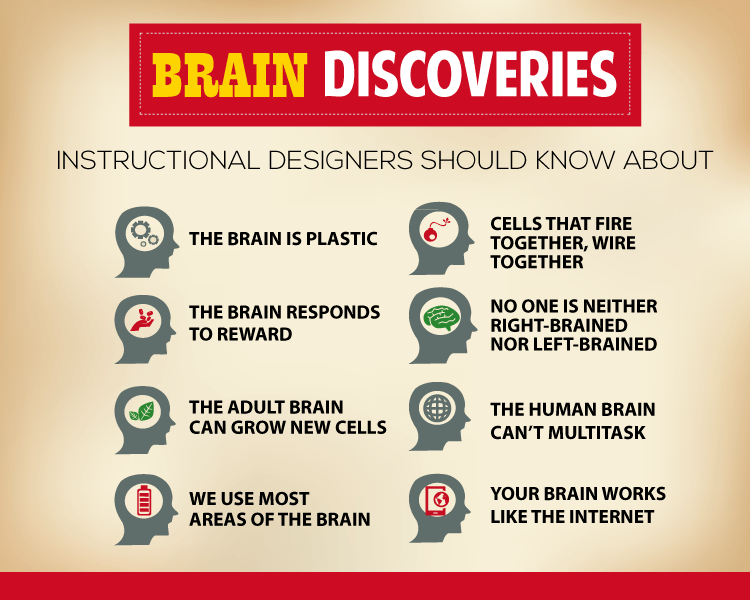 8 Brain Research Discoveries Every Instructional Designer Should Know About
8 Brain Research Discoveries Every Instructional Designer Should Know About
Every new discovery is an important piece of the brain puzzle and an indispensable guide to creating effective eLearning material. Understanding how the brain works definitely influences your student's learning readiness. Educators, instructional designers, and eLearning professionals in general ought to be interested in the brain because after all, they teach brains!
 Make 2014 Your Year: 24 Stats & Tips to Boost Your eLearning Strategy
Make 2014 Your Year: 24 Stats & Tips to Boost Your eLearning Strategy
It’s key you set aside some time to observe and plan your eLearning strategy for the new year. Here are 24 statistics, tips and tricks that might make you rethink the way you're approaching eLearning:
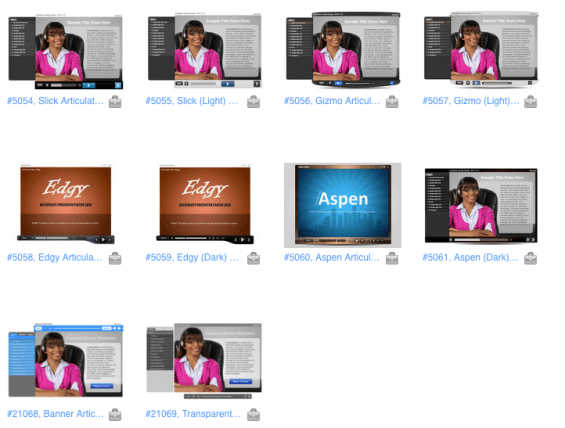 Articulate Presenter Player Skins are Here! - eLearning Templates
Articulate Presenter Player Skins are Here! - eLearning Templates
There are several reasons you will love what we have added to the eLearning Template Library. The first reason you’ll love the new additions is because of the new Articulate Presenter player skins. Second, are the new Vector Button sets. Third, are the new cutout people images. Stay tuned until next week for our freshest eLearning templates.
 7 Simple Ways To Make Your Lectora Course More Accessible - eLearning Brothers
7 Simple Ways To Make Your Lectora Course More Accessible - eLearning Brothers
This article discusses how to make your Lectora course more accessible and how to deal with the requirements of section 509 in your eLearning development.
Watch Out for E-Learning Review Fatigue - E-Learning Uncovered
Read Diane's great tips on how to avoid the dreaded e-learning review fatigue.
 Tom Kuhlmann - Crystal Balling with Learnnovators
Tom Kuhlmann - Crystal Balling with Learnnovators
‘Crystal Balling with Learnnovators’ is a thought-provoking interview series that attempts to gaze into the future of e-learning. In this excusive interview with Learnnovators, Tom Kuhlmann speaks about Storyline and how Articulate is aligning it with emerging trends and technologies in the elearning industry.
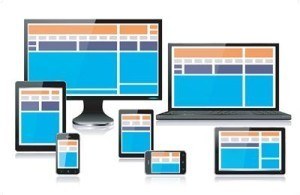 Making Sense of Responsive E-Learning Design
Making Sense of Responsive E-Learning Design
One of the most intriguing and thought-provoking points that Tom Kuhlmann presented for us in our interview with him was on ‘responsive e-learning design’. This urged us to set out on a journey to explore further to see how the community perceives and practices responsive design in e-learning.
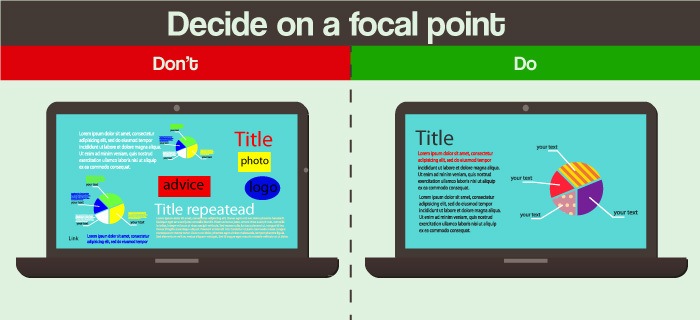 Guide the Learner's Eye: Quick Tips (and Examples) for Effective eLearning
Guide the Learner's Eye: Quick Tips (and Examples) for Effective eLearning
Eyes are lenses through which learners perceive the value of your material. But these organs respond differently to screens in varying designs. A cluttered screen would obviously make it harder for the eyes to read. But a simple, usable design—one that guides the eyes smoothly along the screen—would definitely make learning much more effective.
Submit Bookmark




